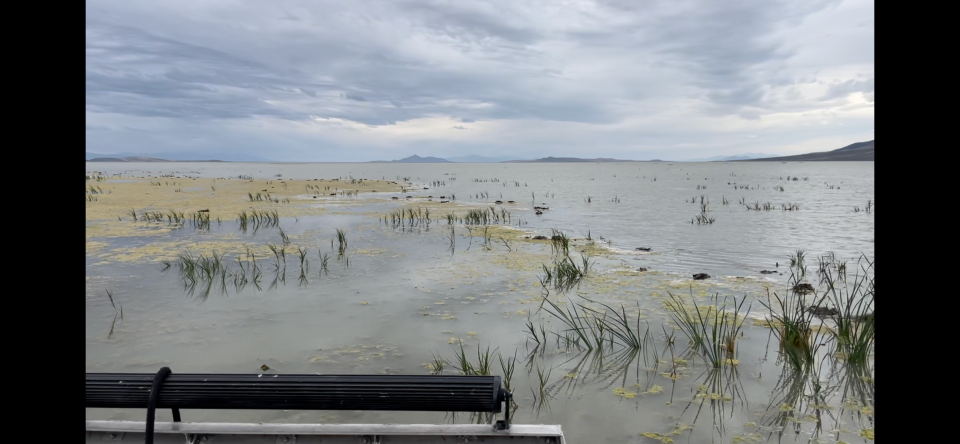Thousands of dead birds found in northern Utah prompt warnings from wildlife officials

Utah wildlife officials suspect an avian botulism outbreak has killed thousands of birds in recent weeks and are warning hunters statewide to take caution this fall.
Biologists with the state Division of Wildlife Resources discovered dead and sick birds starting mid-September in northern Utah's Willard Spur and Harold Crane waterfowl management areas. Since then, the agency has been collecting birds and submitting them for disease testing. While the test results are still pending, officials say they believe the birds died of botulism. This paralytic, often fatal disease results from the ingestion of Clostridium botulinum, a toxin produced by bacteria.
"The toxin is produced under certain environmental conditions in the summer and fall when there are low oxygen levels and warm water temperatures," according to a release from the DWR. "Botulism mainly occurs in stagnant pools where there is no water flowing and sick and dead birds are most often found along the shoreline."
Avian botulism occurs almost yearly in Utah, typically between July and September, but this year has seen unusually large numbers of affected birds, based on recent reports. While the exact number is unknown, officials estimate tens of thousands could have been impacted, with especially high concentrations in the Bear River Migratory Bird Refuge and the Willard Spur Waterfowl Management Area.

"Our wetland managers strive to make adjustments in their water management practices on state waterfowl management areas in order to keep fresh water flowing, which can help minimize the impacts of avian botulism," said Jason Jones, the Waterfowl Coordinator for the DWR. "Many of the waterfowl management areas were originally created to reduce the botulism outbreaks that occurred along the river deltas a century ago."
Signs of avian botulism include birds that cannot hold their heads up and can flap their wings but without the strength to take off.
Avian botulism is not typically associated with any human illness, but officials urged hunters and others in the outdoors to take some precautions if they come across sick or dead birds. People should not harvest birds that appear sick or weak and should only hunt birds that are seen actively flying, which is a good indication they are healthy. Additionally, botulism can affect dogs that consume infected birds, so owners should keep pets away if possible.
People who encounter sick birds should not touch them or attempt to feed or help them.
This article originally appeared on St. George Spectrum & Daily News: Thousands of dead birds found in northern Utah prompt warnings

